Findings have encouraged researchers to make age-related hearing issues a public health priority
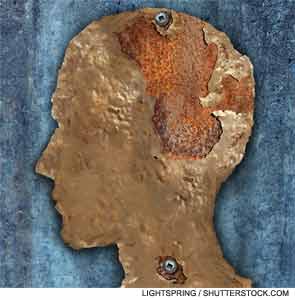

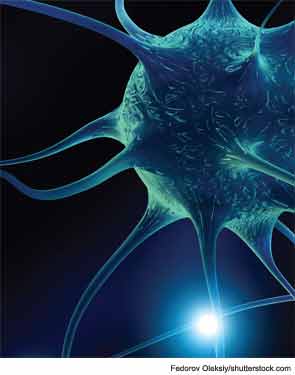
Otolaryngologists to involve epidemiologists, mental health professionals, and others in patient education, follow-up care, and use of adjunctive hearing-assistance devices
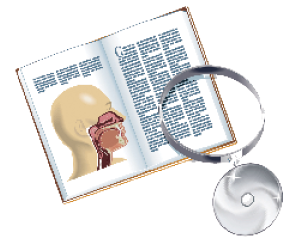
Computed tomography (CT) may be a better initial choice, but a dual approach is useful for a patient who may be a candidate for cochlear implant
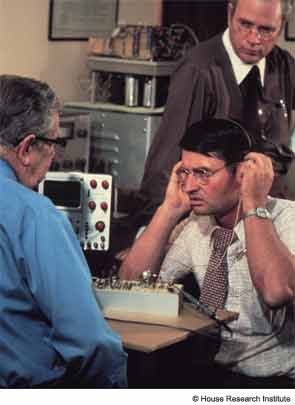
Intratympanic therapy is effective in easing the vertigo that characterizes Ménière’s disease.
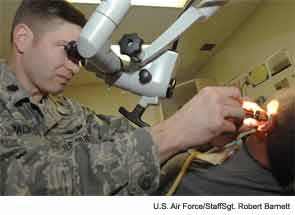
Issues surrounding the therapy include optimal patient selection, the best dosage and duration of therapy and the most effective drugs to use
Tinnitus is the No. 1 cause of disability among veterans, accounting for nearly 11 percent of all disability claims
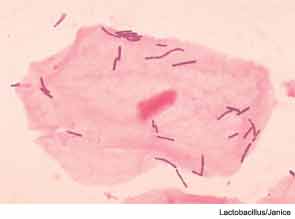
New research suggests that shifting bacterial populations may spur chronic rhinosinusitis
Bilateral cochlear implants improve spatial acuity; SSCD treated with surgical plugging; vocal fold paresis following neonatal cardiac surgery; management of temporal bone defects after oncologic resection; pattern of active HPV expression correlates to disease course; safety of antimicrobial photodynamic therapy for CRS studied